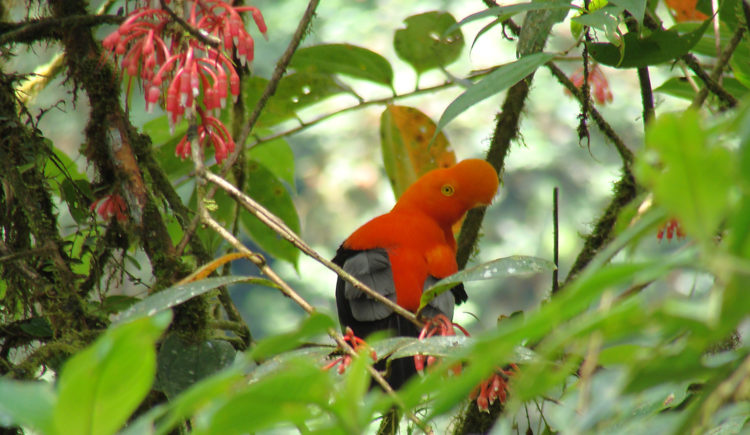/ month
placeholder text
Post List
Editor's Picks
Vertical Planters Inspire You To Grow an Elegant Garden Indoors
Beautiful Vertical Planters Inspire You To Grow an Elegant...
The Aeroplane – Conquest of the Skies
Conquest of the Skies
From the first few tentative hops,...
Sleek Glass Bottomed Lighting Feature Handmade Paper Lampshade
Sleek Glass Bottomed Lighting Feature Handmade Paper Lampshade. The...
Palawan Island – Most Exotic Island on Earth
The Philippines Outcrop of Palawan is the Most Exotic...
Dazzlingly Patterned Jewelry Creates from Layers of Cut Colored Pencils
Dazzlingly Patterned Jewelry Creates from Layers of Cut Colored...
6 Replicas of Taj Mahal Around the World
6 Replicas of Taj Mahal Around the World
Taj Mahal...
How to Choose the Best 10GBASE-T Network Card, Switch, and SFP Module for Your Needs?
Introduction
10GBASE-T is a standard for Gigabit Ethernet over twisted-pair...
Traditional Horse Fighting of China
Traditional Horse Fighting of China - Probably you’ve heard...
Don't Miss
Berlin Wall Being Rebuilt in a Glittering Show of 8,000 Glowing Orbs
In 1961, the ill-famed Berlin Wall was constructed and...
What’s Worth Exploring When Traveling Through Connecticut?
What's Worth Exploring When Traveling Through Connecticut? - Connecticut...
The Mysterious Tarim Mummies Buried in a Boats in Chinese Desert
DNA reveals the unexpected origins of mysterious Tarim mummies...
Tasman Glacier Terminal Lake is a Fascinating Glacial Encounter
Tasman Glacier Terminal Lake is a proglacial lake created...
The Best Student-Friendly Countries to Visit
Best Student-Friendly Countries to Visit
Are you one who can’t...
How To Create The Best Skin Care Regimen For Combination Skin?
Best Skin Care Regimen
You are one of a kind,...
Grand Prismatic Spring Facts
Grand Prismatic Spring Facts
The Grand Prismatic Spring is...
10 Best Galleries and Museums to Visit in Italy
10 Best Galleries and Museums to Visit in Italy
Italy...
Common Babbler – A Dingy Brown Bird Continually Jerk the Tail
The common Babbler is a dingy brown bird belonging...
Charismatic Planet © 2024 . All Rights Reserved.





















